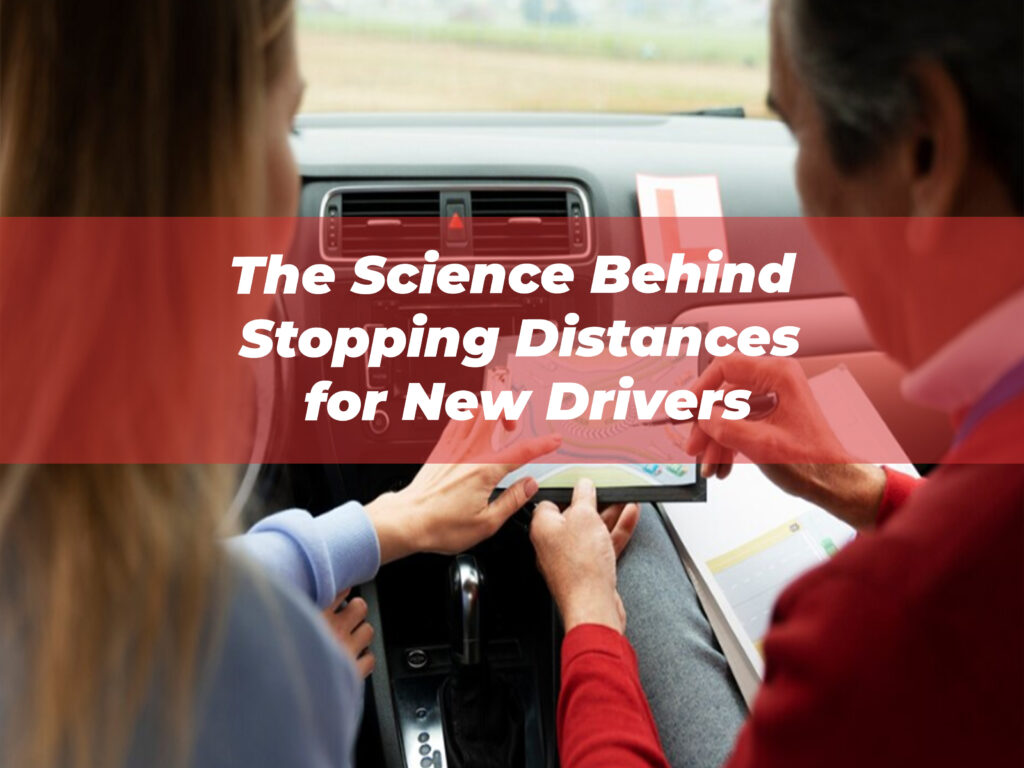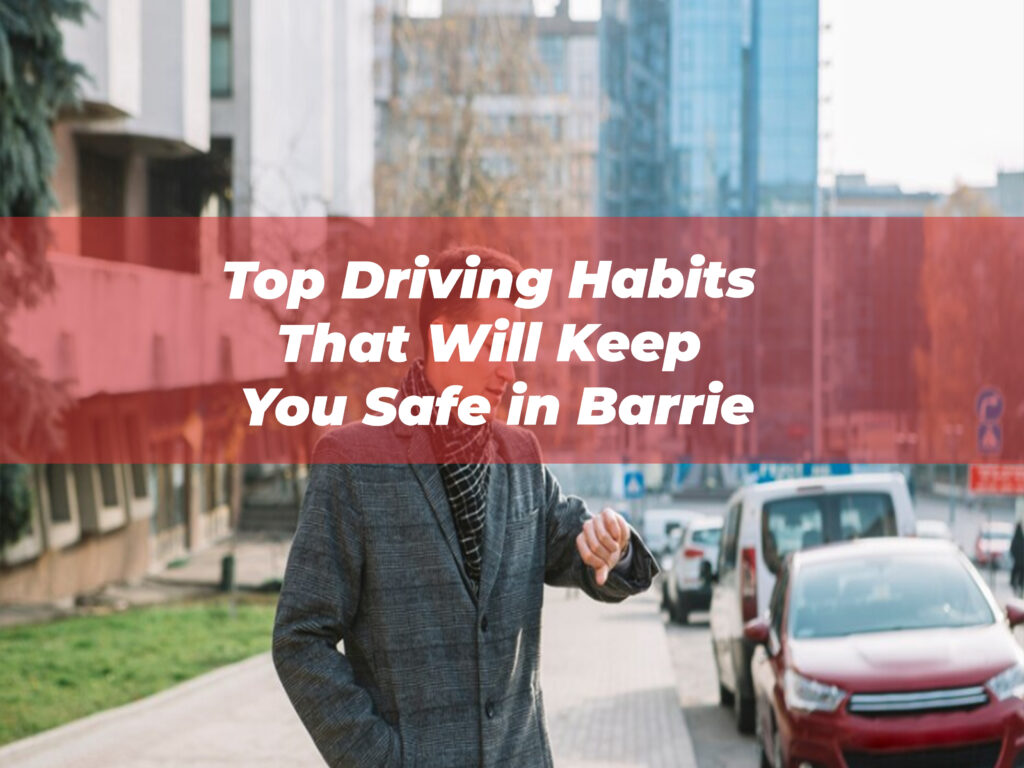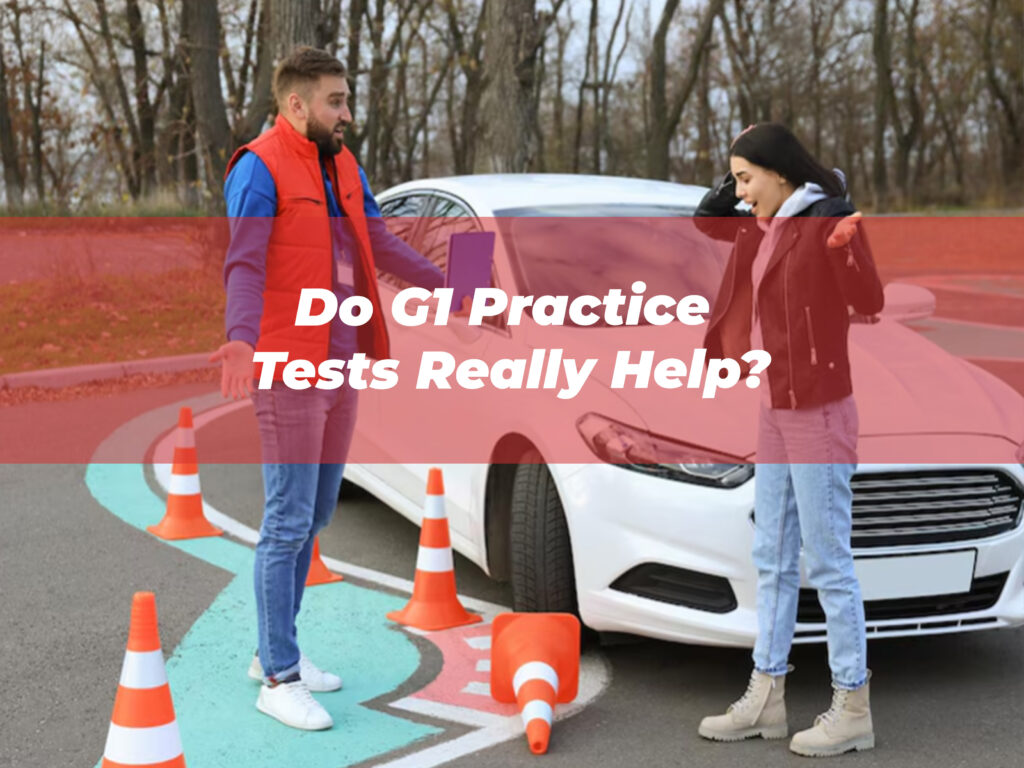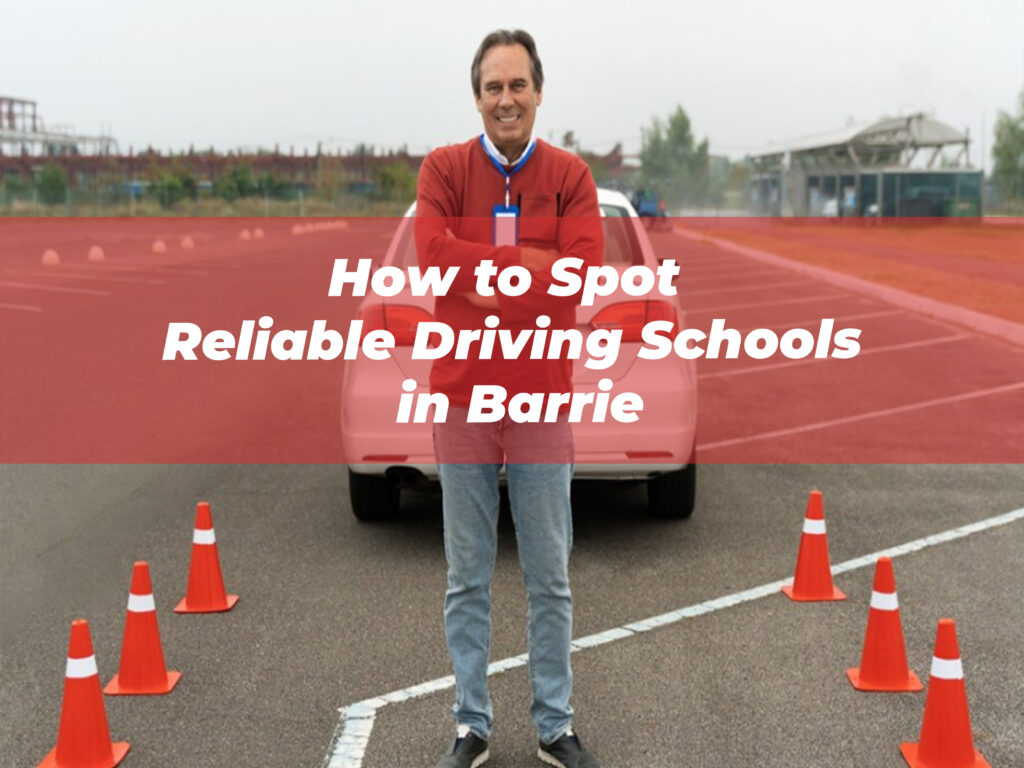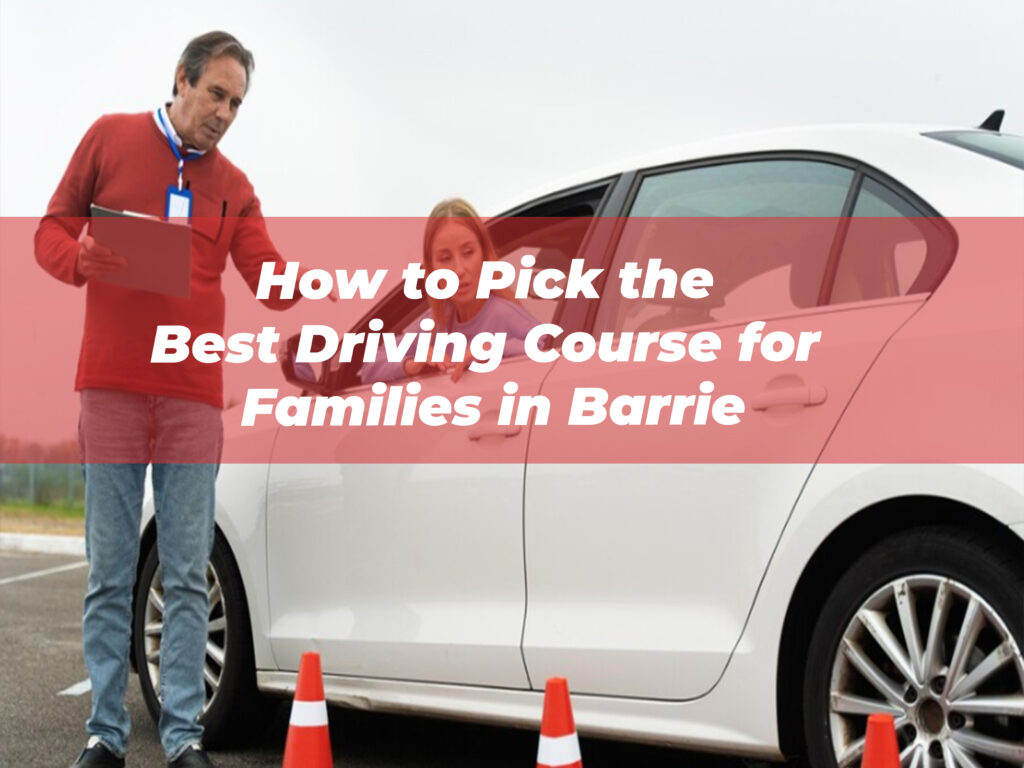When you get behind the wheel of a Distances for New Drivers, you’re in control of a powerful machine that requires skill, attention, and knowledge to operate safely. For new drivers, one of the most important aspects of safe driving is understanding stopping distances.
Stopping distances are more than just the space between your car and the vehicle ahead of you. They’re a combination of factors that involve physics, human reaction times, road conditions, and even your car’s mechanics. Understanding these elements is critical for making smart decisions on the road and avoiding accidents.
This guide takes a deep look at the science behind stopping distances, the factors that influence them, and tips new drivers can use to ensure their safety and the safety of others.
What Are Stopping Distances for New Drivers?
Before we get into the details, let’s define Distances for New Drivers. It’s the total distance your car travels from the moment you spot a hazard to when your car comes to a complete stop. Stopping distance is made up of two components:
- Thinking Distance – The distance your car travels while you react to a situation and decide to apply the brakes.
- Braking Distance – The distance your car travels after the brakes are applied until the vehicle comes to a full stop.
Stopping distances are often measured in meters but vary significantly depending on a range of conditions and variables.
Why Are Stopping Distances Important?
Stopping distances are crucial for Distances for New Drivers accidents and ensuring you have enough space to respond to unexpected hazards. Whether it’s a child running into the road, a sudden stop by the car in front of you, or slippery conditions causing reduced grip, knowing how far your car travels before it stops can save lives.
For new drivers, understanding these distances can foster better habits such as maintaining safe following distances, reducing speed in adverse conditions, and staying alert at all times.
The Factors That Affect Stopping Distances
Stopping distances aren’t static. They can change significantly Distances for New Drivers on factors related to the driver, the car, and the environment. Here’s a closer look at what influences stopping distances and how each factor plays a role.
1. Speed
Speed is the single most critical factor affecting stopping Distances for New Drivers. The faster you’re traveling, the longer it takes for your vehicle to stop.
- Thinking Distance and Speed: Thinking distance increases proportionally with speed. If you’re driving at 50 km/h, your car will travel further during your reaction time compared to driving at 30 km/h.
- Braking Distance and Speed: Braking distance increases exponentially with speed. For example, doubling your speed quadruples your braking distance due to the kinetic energy at play.
This is why speed limits are in place, especially in areas like school zones and residential neighborhoods where hazards are more frequent.
2. Reaction Time
Thinking distance heavily depends on reaction time, which is the gap between realizing there’s a danger and hitting the brakes. On average, the human reaction time is around 1.5 seconds, though this can vary due to several factors:
- Age: Younger drivers tend to have quicker reaction times compared to older Distances for New Drivers.
- Fatigue: Driving while tired significantly slows reaction times.
- Distractions: Using a phone, changing the radio, or even chatting with passengers can delay your reaction.
- Impairment: Alcohol, drugs, or medications can impair judgment and response speed.
For new drivers, staying alert and focused is vital to minimizing the thinking portion of stopping distance.
3. Road Surface and Conditions
Environmental factors can make a massive difference in both thinking and braking distances:
- Wet Roads: Rain reduces tire grip, increasing braking distance.
- Ice or Snow: Icy conditions can multiply braking distances by 10 or more.
- Gravel or Loose Surfaces: Unpaved or loose roads make it harder for tires to gain traction, leading to longer stops.
- Well-Maintained Roads: Paved, dry surfaces provide optimal grip for shorter braking Distances for New Drivers.
For drivers in Canada, where unpredictable weather is common, understanding how different conditions affect stopping distances is essential for road safety.
4. Vehicle Condition and Maintenance
Your car’s mechanics play a large role in how effectively it can stop:
- Tire Quality: Worn or underinflated tires reduce traction, increasing stopping Distances for New Drivers.
- Brake Performance: Well-maintained brakes ensure quick and effective stops. Worn brake pads or malfunctioning brakes lead to delays.
- Suspension System: A faulty suspension system can impact how evenly your vehicle stops.
- Weight of the Vehicle: Heavier loads take longer to stop due to increased momentum.
New drivers should regularly inspect their vehicle to ensure it’s in optimal condition for safe driving.

5. Weather Visibility
Low visibility conditions like fog, rain, or snow can delay a driver’s ability to detect hazards, increasing reaction time and, consequently, stopping distances. Headlights, windshield wipers, and defoggers should always be functional to combat these challenges.
The Physics Behind Stopping Distances
Stopping distances are closely tied to basic physics, particularly Newton’s laws of motion. When your car is moving, it has something called kinetic energy. To stop your vehicle, the brakes must overcome this energy, and the amount of kinetic energy increases with speed.
Here’s how it works:
- Kinetic energy is proportional to the square of the vehicle’s speed. This means that if your speed doubles, the energy (and stopping distance) quadruples.
- The friction between your tires and the road is what allows your car to stop. Less friction (e.g., on a wet or icy road) reduces your ability to decelerate quickly.
Understanding this science helps new Distances for New Drivers appreciate why obeying speed limits and adjusting for road conditions is so crucial.
Tips for New Drivers to Improve Safety
Now that we’ve covered the science and factors behind stopping distances, here are practical tips to help new drivers stay safe on the road:
1. Maintain a Safe Following Distance
The general rule is to keep at least a 2-3 second gap between your car and the vehicle in front. Increase this to 4-6 seconds in bad weather or if towing.
2. Manage Your Speed
Always drive at a speed appropriate for the Distances for New Drivers. Slowing down gives you more time to react and reduces stopping distances.
3. Stay Alert
Avoid distractions like mobile phones, loud music, or multitasking. Focus entirely on the road and anticipate potential hazards.
4. Regular Vehicle Maintenance
Keep your tires, brakes, and lights in good condition. Regular inspections ensure your vehicle can stop effectively when needed.
5. Prepare for Weather Conditions
If the forecast predicts rain, snow, or ice, prepare by Distances for New Drivers slower, using snow tires if necessary, and leaving extra space between vehicles.
6. Practice Defensive Driving
Be proactive. Watch for erratic drivers or pedestrians and anticipate risks before they develop into emergencies.
7. Use Technology Wisely
Many modern vehicles come equipped with advanced safety features like anti-lock brakes (ABS), brake assist, and automatic emergency braking. Familiarize yourself with these systems to maximize their benefits.
8. Avoid Overloading the Vehicle
Keep your car’s weight manageable. Too much load increases Distances for New Drivers distances as the brakes have to work harder to counteract the momentum.
9. Take a Defensive Driving Course
A professional driving course can teach you how to react effectively in emergencies and better understand how stopping distances apply in real-world scenarios.
Wrapping It Up
Stopping distances are a fundamental aspect of safe driving, especially for new drivers learning the ropes. By understanding the factors that influence stopping distances—from reaction time and speed to road conditions and vehicle maintenance—you can make smarter decisions behind the wheel.
Remember, driving isn’t just about Distances for New Drivers from point A to point B; it’s about doing so safely. Take the time to practice safe habits, remain alert, and maintain your vehicle. By doing so, you’ll not only reduce your stopping distances but also become a more confident and responsible driver.
Now it’s your turn! Share this guide with other new drivers and encourage them to Distances for New Drivers safety on the road. Together, we can build safer communities and ensure that every trip ends with everyone arriving safely.

